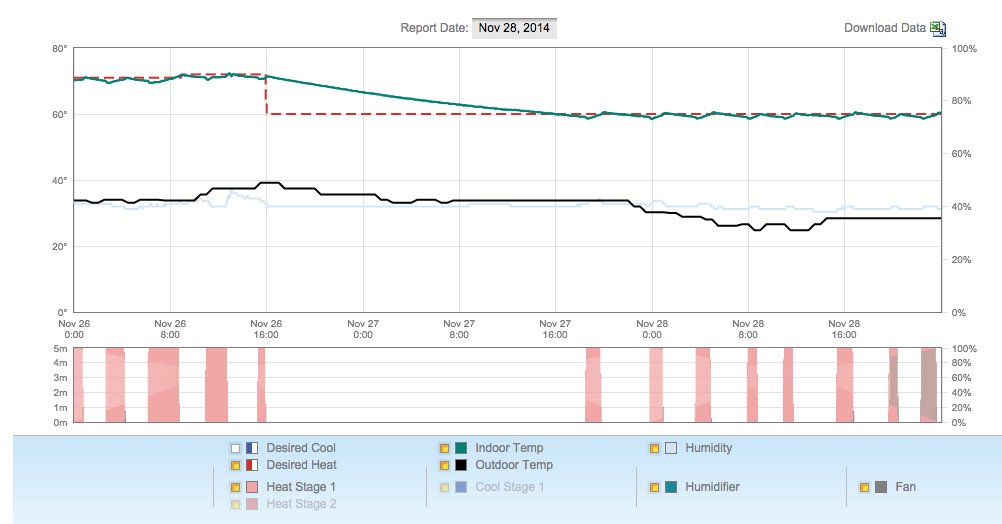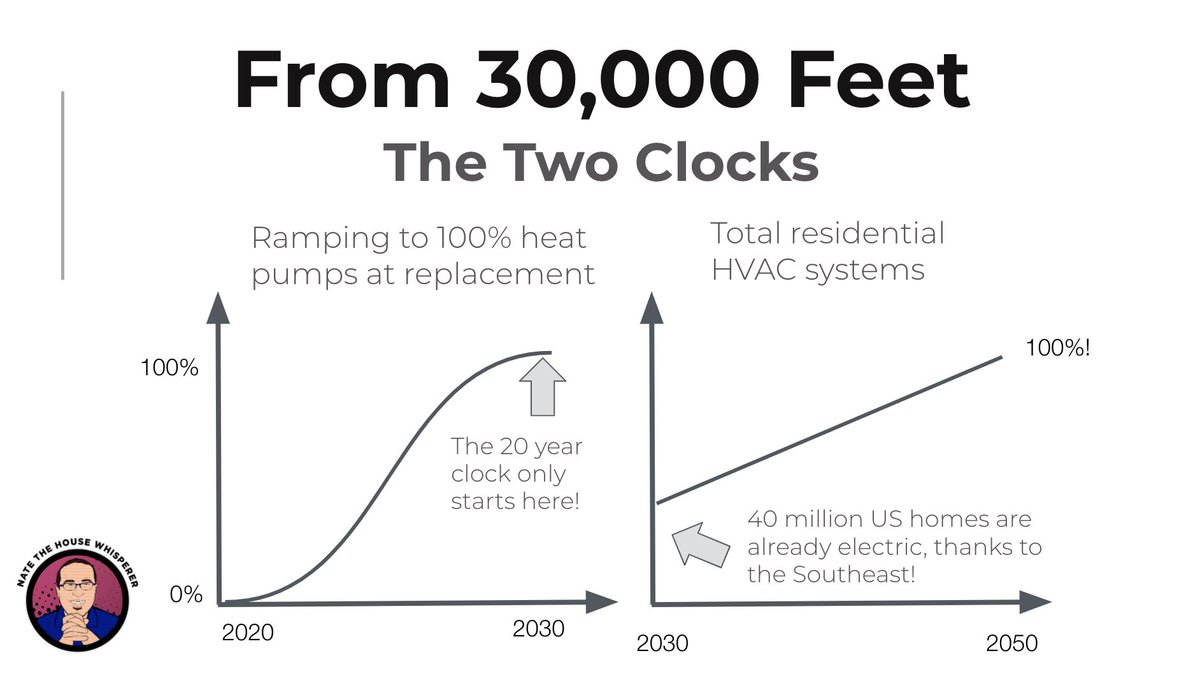
Electrification in US climate zones 1-4 is pretty straightforward. Often insulation upgrades aren’t strictly required.
In climate zones 5-8 it’s much trickier. Shell upgrades are often required to keep operating costs down.
~50% of resi gas use is in 5-8.
In climate zones 5-8 it’s much trickier. Shell upgrades are often required to keep operating costs down.
~50% of resi gas use is in 5-8.

At present insulation upgrades don’t result in predictable resale value increases.
Until this changes, don’t expect scale in retrofits. 150-200k/year maximum.
The solution is simple: publish energy use at resale.
My 2016 article still holds: bit.ly/EUIonGTM
Until this changes, don’t expect scale in retrofits. 150-200k/year maximum.
The solution is simple: publish energy use at resale.
My 2016 article still holds: bit.ly/EUIonGTM
In the short term, hybrids can help any home reduce gas use 30-90%.
Hybrids (heat pump plus furnace) also get contractors and consumers used to heat pumps so full electrification is less scary.
Fairly cheap policy can drive this: bit.ly/3Hprogram
Hybrids (heat pump plus furnace) also get contractors and consumers used to heat pumps so full electrification is less scary.
Fairly cheap policy can drive this: bit.ly/3Hprogram
The near term challenge though is getting HVAC contractors and their homeowner clients on board.
This requires a heady and carefully executed mixture of education, diagnostics, and sales process which is what HVAC 2.0 provides. See this for more: bit.ly/HVAC20overview
This requires a heady and carefully executed mixture of education, diagnostics, and sales process which is what HVAC 2.0 provides. See this for more: bit.ly/HVAC20overview
So the key takeaways are that we can’t electrify without tackling cold climates, resale value is critical to scaling performance retrofits, hybrids are the shortcut, and HVAC 2.0 can do the selling of both HVAC and shell upgrades.
Last key point: we have to start addressing the mass market today, the time for targeting early adopters only is past.
This is another thing we’ve designed HVAC 2.0 to do.
Much more in the course in my handle, be sure to watch the process video above too.
This is another thing we’ve designed HVAC 2.0 to do.
Much more in the course in my handle, be sure to watch the process video above too.

• • •
Missing some Tweet in this thread? You can try to
force a refresh















